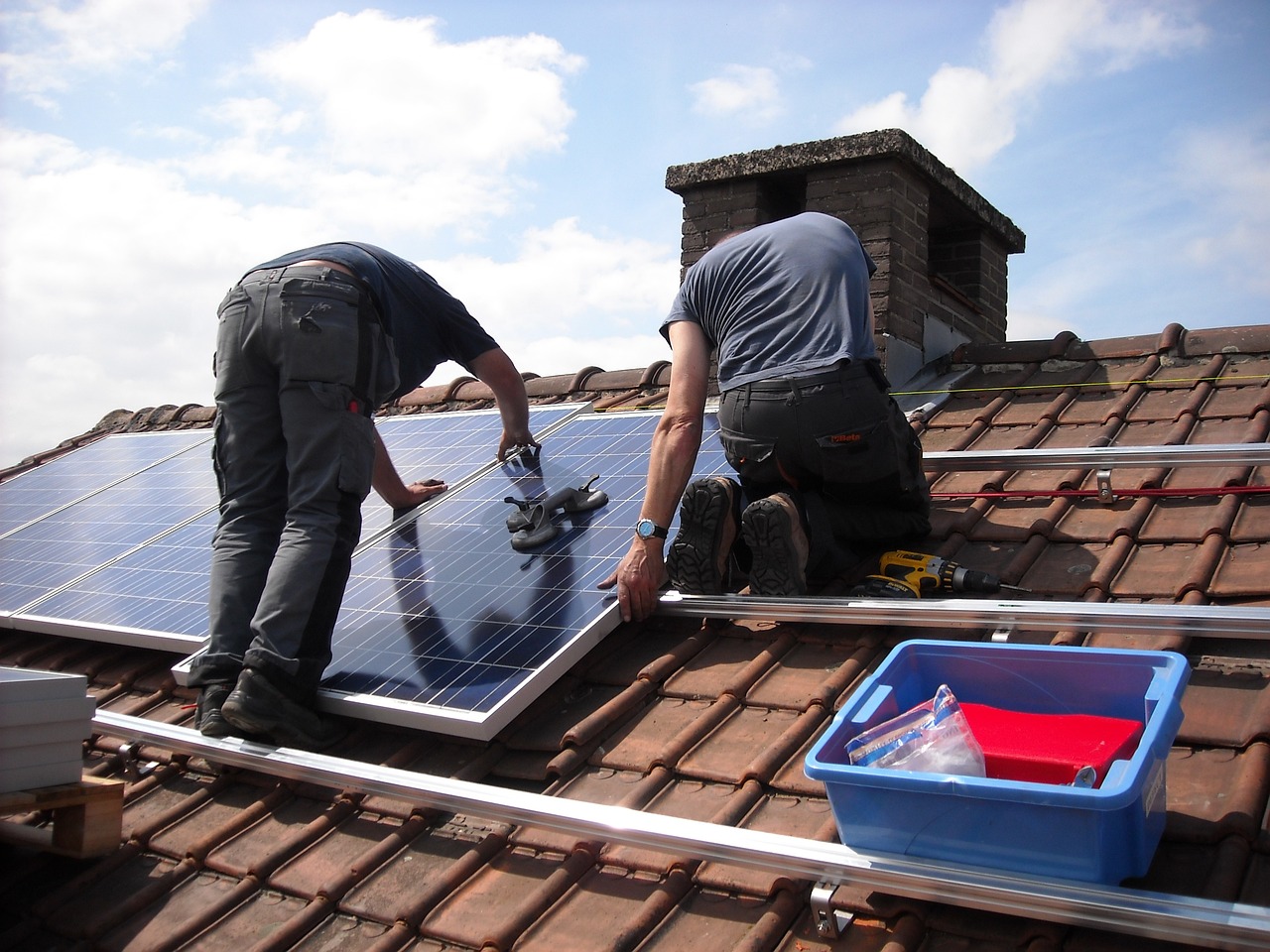Key Takeaway:
When connecting solar panels in parallel, it is generally best to ensure that the panels have similar voltages to avoid power imbalances and reduce overall system efficiency. However, with the use of voltage regulators, charge controllers, or power optimizers, it is possible to connect panels with slightly different voltages and still achieve efficient power generation.
Let’s start with a brief overview of how solar panels work. Solar panels generate electricity through the photovoltaic effect, where sunlight is converted into electrical energy.
Voltage is an important parameter in solar panels as it determines the electrical potential difference between the positive and negative terminals. The voltage output of a solar panel is typically measured at the maximum power point (Vmp), which represents the optimal operating voltage for the panel.
Parallel Connection of Solar Panels
Connecting solar panels in parallel involves linking the positive terminals together and the negative terminals together, essentially creating a parallel circuit. This configuration offers several benefits, including increased power output and improved system efficiency.
By connecting panels in parallel, you can combine the current output of each panel, resulting in a higher total current. This can be advantageous, especially when you have limited roof space or want to maximize the power generation of your solar system.
Impact of Slightly Different Voltages
While connecting solar panels with similar voltages is generally recommended, it is possible to connect panels with slightly different voltages in parallel. However, doing so may result in a few challenges that could affect the overall efficiency of your system.
One potential issue is power loss. When panels with different voltages are connected in parallel, the panel with the lower voltage will draw current from the panel with the higher voltage. This can lead to power loss as the higher-voltage panel is forced to operate at a lower voltage.
Another concern is the imbalance of power output. Panels with different voltages may have varying power outputs, which can lead to an imbalance in the current flow. This imbalance can reduce the overall performance of the parallel-connected panels.
Techniques for Connecting Panels with Different Voltages
To address the challenges associated with connecting solar panels with slightly different voltages, various techniques and devices can be used. These methods help to regulate the voltage and optimize the power output of the panels.
- Voltage Regulators: Voltage regulators, also known as charge controllers, are commonly used in solar systems to maintain a consistent voltage. They ensure that the voltage output from each panel is regulated, minimizing the impact of voltage differences.
- Power Optimizers: Power optimizers are devices that are placed on each solar panel to individually optimize the power output. They work by maximizing the power point of each panel, allowing panels with different voltages to be connected in parallel more effectively.
By utilizing voltage regulators or power optimizers, you can mitigate the potential issues of power loss and imbalance, ultimately improving the performance of your parallel-connected solar panels.
Efficiency Considerations
While it is possible to connect panels with slightly different voltages in parallel, it’s important to consider the impact on the overall efficiency of your solar system. There are a few factors to keep in mind when assessing the efficiency of your system:
- Power Mismatch: When panels with different voltages are connected in parallel, there may be a mismatch in the power output. This can result in a reduction in overall system efficiency, as the panels will not be operating at their maximum power point.
- Shading and Temperature Differences: Shading or temperature differences can also affect the efficiency of a solar system. If one panel is partially shaded or subject to different temperatures than the others, it can impact the overall performance of the parallel-connected panels.
To optimize the efficiency of your system, it is important to minimize shading and ensure that all panels are exposed to similar sunlight conditions. Regular maintenance and cleaning of your panels can also help maintain their efficiency.
Best Practices and Recommendations
To ensure the optimal performance and efficiency of your parallel-connected solar panels with slightly different voltages, here are some best practices and recommendations to consider:
- Choose Panels with Similar Voltages: Whenever possible, select panels with similar voltages to minimize potential issues. This will help to ensure better power distribution and overall system efficiency.
- Use Voltage Regulators or Power Optimizers: Incorporate voltage regulators or power optimizers into your solar system to regulate the voltage and optimize power output. These devices can help mitigate the challenges associated with connecting panels with different voltages.
- Regular Maintenance: Perform regular maintenance and cleaning of your solar panels to maximize their efficiency. This includes removing any debris or obstructions that may cause shading and ensuring panels are exposed to similar sunlight conditions.
By following these best practices and recommendations, you can connect solar panels with slightly different voltages in parallel and still achieve efficient power generation.
Conclusion
While it is generally recommended to connect solar panels with similar voltages in parallel, it is possible to connect panels with slightly different voltages and still use them efficiently. By employing techniques such as voltage regulators or power optimizers, you can mitigate potential issues and optimize the performance of your parallel-connected solar panels.
Remember to consider factors such as power mismatch, shading, and temperature differences when connecting panels with different voltages. By adhering to best practices and performing regular maintenance, you can ensure the optimal efficiency of your solar system and maximize your renewable energy generation.
So, if you have solar panels with slightly different voltages, don’t worry! With the right techniques and considerations, you can harness the power of the sun and enjoy the benefits of renewable energy.



